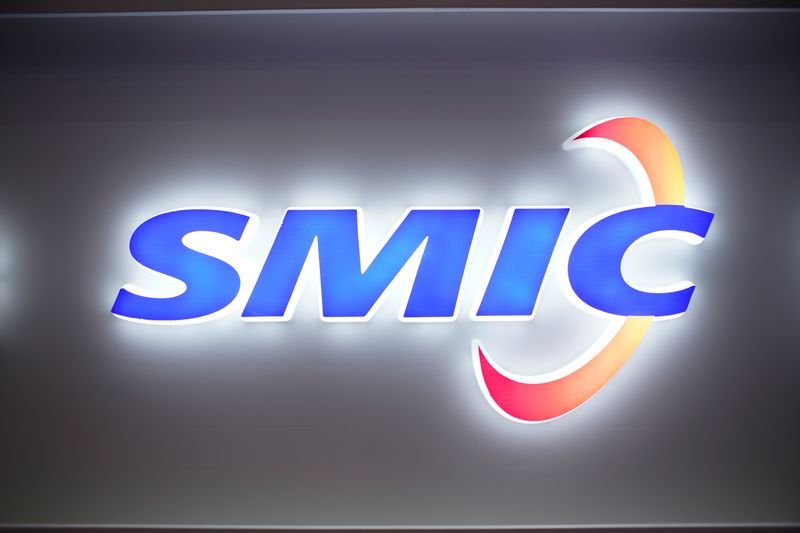China’s SMIC: Trump Tariffs Did Not Lead to Anticipated Economic Downturn
China’s Semiconductor Manufacturing International Corporation (SMIC) recently addressed the impact of the tariffs imposed during Donald Trump’s administration. The company’s leadership characterized the anticipated economic slowdown, often referred to as a "hard landing," as not occurring as severely as expected. This statement sheds light on the resilience of China’s semiconductor sector amidst intricate global trade dynamics.
Understanding SMIC’s Position
SMIC, one of China’s leading semiconductor manufacturers, is vital to the nation’s goal of technological self-sufficiency. The firm indicated that the tariffs, which were intended to restrict Chinese technology advancements, did not produce the severe disruptions that many had feared. Rather, SMIC managed to adapt to the evolving market conditions, enabling it to continue its growth trajectory.
Economic Resilience
The perception of a hard landing implies a rapid and significant economic decline, often triggering widespread repercussions. However, SMIC emphasized that their performance did not mirror such pessimistic projections. Instead, the company leveraged its strategic operational adjustments and innovation-focused initiatives. By enhancing its production processes and investing in research and development, SMIC demonstrated its agility in navigating through the tumultuous landscape of international trade policies.
Impact of Tariffs on the Semiconductor Industry
Tariffs were implemented with the intention of protecting domestic industries in the United States while hindering foreign competition. Specifically, the goal was to assert America’s dominance in technology and semiconductor manufacturing. However, the aftermath saw a more nuanced reality. SMIC’s resilience has sparked discussions about the effectiveness of such tariffs. Many industry experts argue that while the tariffs did introduce challenges, they also prompted local Chinese industries to accelerate their growth and capabilities.
Strategies for Growth
Amidst the backdrop of tariffs, SMIC adopted several key strategies to enhance its market position. An emphasis on vertical integration allowed the company to curate a supply chain that mitigated risks associated with reliance on foreign suppliers. Furthermore, investing in local talent and fostering partnerships with domestic companies helped solidify SMIC’s foundation in an increasingly competitive market.
Innovations and Investments
Another focal point of SMIC’s growth strategy is its commitment to innovation. By allocating significant resources to research and development, the company aims to stay at the forefront of semiconductor technology. This proactive approach positions SMIC advantageously in the global market, particularly as the demand for semiconductors continues to surge across various sectors, including automotive, consumer electronics, and telecommunications.
Global Market Context
The global semiconductor landscape remains highly interconnected. While the U.S. continues to push policy changes, the repercussions are felt across international supply chains. SMIC’s experience illustrates how local firms can adapt and thrive despite geopolitical tensions. As companies globally strive for technological advancement, the Chinese semiconductor industry’s response to tariff challenges highlights a crucial aspect of resilience in economics.
Competitiveness in the Semiconductor Sector
Competition remains fierce in the semiconductor sector. Firms from around the world are vying for market share, with innovations driving rapid advancements. SMIC’s adaptability showcases the potential for growth despite external challenges. Some analysts argue that these developments could shift the balance of power in the global semiconductor market, making the Chinese industry an increasingly formidable player.
Future Outlook
Looking ahead, the semiconductor industry faces several uncertainties, including potential policy shifts and evolving market demands. Nevertheless, SMIC’s strategic responses demonstrate a level of preparedness for future challenges. By reinforcing its commitment to innovation and efficient production, SMIC positions itself for continued success.
With the global demand for semiconductors showing no signs of slowing down, the spotlight will remain on companies like SMIC. The semiconductor landscape is expected to evolve further, driven by advancements in technology and shifts in consumer behavior, while trade dynamics will influence growth trajectories in unforeseen ways.
In summary, SMIC’s announcement regarding the impact of tariffs provides valuable insight into the resilience of China’s semiconductor sector. The adjustment strategies employed by the company illustrate the broader implications for the industry, showcasing an ability to thrive despite external pressures. As the world of technology continues to transform, SMIC stands as a testament to the adaptability of companies in an intricate global economy.
